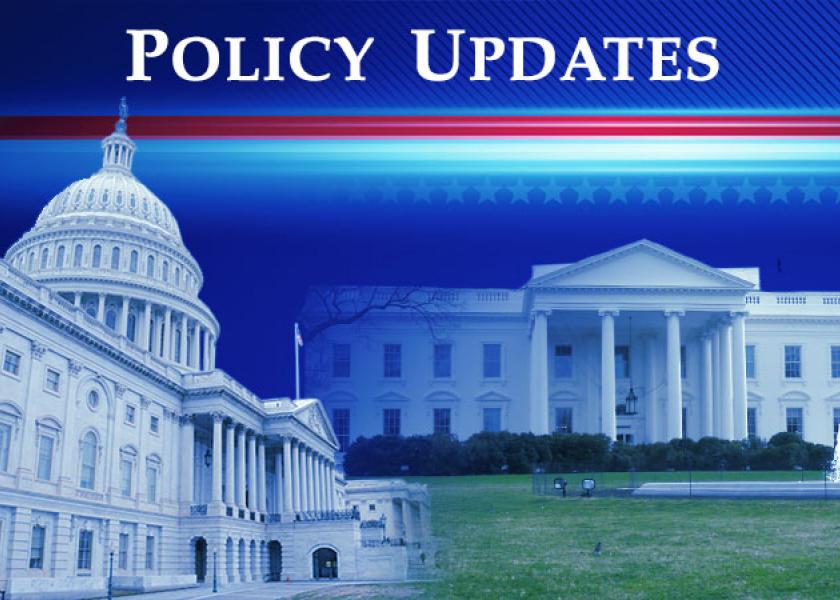Biden Admin. Wants to Significantly Boost Some Commodity Loan Rates for Two Years

Proposes to increase wheat loan 63% to $5.52 bu.; oilseeds by 40%; rice and pulse 21%
The Biden administration will be asking Congress to significantly boost some commodity loan rates for two years, extend the loan term to 12 months for 2022, and provide a $10 per acre incentive paid through crop insurance premiums to a soybean crop planted after a winter wheat crop in 2023.
Here is information the administration is sending out on its proposals that will need congressional approval:
“Ukraine and Russia are major food exporters, and the on-going conflict has created great uncertainty in the global food supply, introducing restrictions on supply chain, inputs, harvesting, transporting and planting. The crisis has increased food prices globally and is expected to lead to significant shortfalls in countries that relied on imports from Russia and Ukraine.
“The request includes $500 million for two proposals to increase the production of U.S. food crops that are experiencing a global shortage due to the war in Ukraine, for example, wheat and soybeans. USDA estimates that these incentives will help U.S. farmers to make up for up to 50% of the wheat typically exported by Ukrainian farmers, while lowering costs for American consumers.
“Provides U.S. Farmers Higher Loan Rates: The Administration is requesting a two-year increase in the loan rates for food crops including – wheat, rice, pulse crops, and edible oils, e.g., soybeans, sunflower, canola oilseeds. The temporary support is targeted to food commodities experiencing a shortage due to the crisis and that are important crops often used for humanitarian assistance; while maintaining existing government support for U.S. feed and fiber production. The higher loan rates provide greater access to credit and lowers risk for farmers growing these food commodities. The proposal would increase the loan rate for wheat 63% from $3.38 to $5.52 per bushel. Oilseed loan rates would be increased 40 percent. Rice and pulse crop would increase 21%. These increases would provide producers with two benefits. First, in 2022, farmers would have access to additional low-cost credit which is needed to cover the higher input costs, in particular, the cost of fertilizer. In addition, the proposal would extend the loan term to 12 months for 2022. In 2023, the higher loan rate would provide a higher price floor that would provide more price certainty for farmers that are taking a risk to do their part to address the impacts of the Russian aggression. In total, this proposal is estimated to cost $400 million over two years.
“Increasing Incentives for Double Cropping Wheat: The Administration is also targeting extra incentives to increase U.S. wheat production, which has fallen over the past thirty years. The request provides a $10 per acre incentive paid through crop insurance premiums to a soybean crop planted after a winter wheat crop in 2023. This proposal is expected to cost about $100 million. Incentive payments are designed to encourage farmers to add more wheat production while still being able to produce a spring crop.
“USDA expects that U.S. farmers may be able to increase production during the 2023 crop year and make up almost 50% of the level of wheat typically exported by Ukrainian farmers. Russia and Ukraine produce and export a significant amount of global edible oil (mostly sunflower and rapeseed) which increased U.S. production could potentially partially replace.”
Note: This special report will be updated with analysis at a later time.






